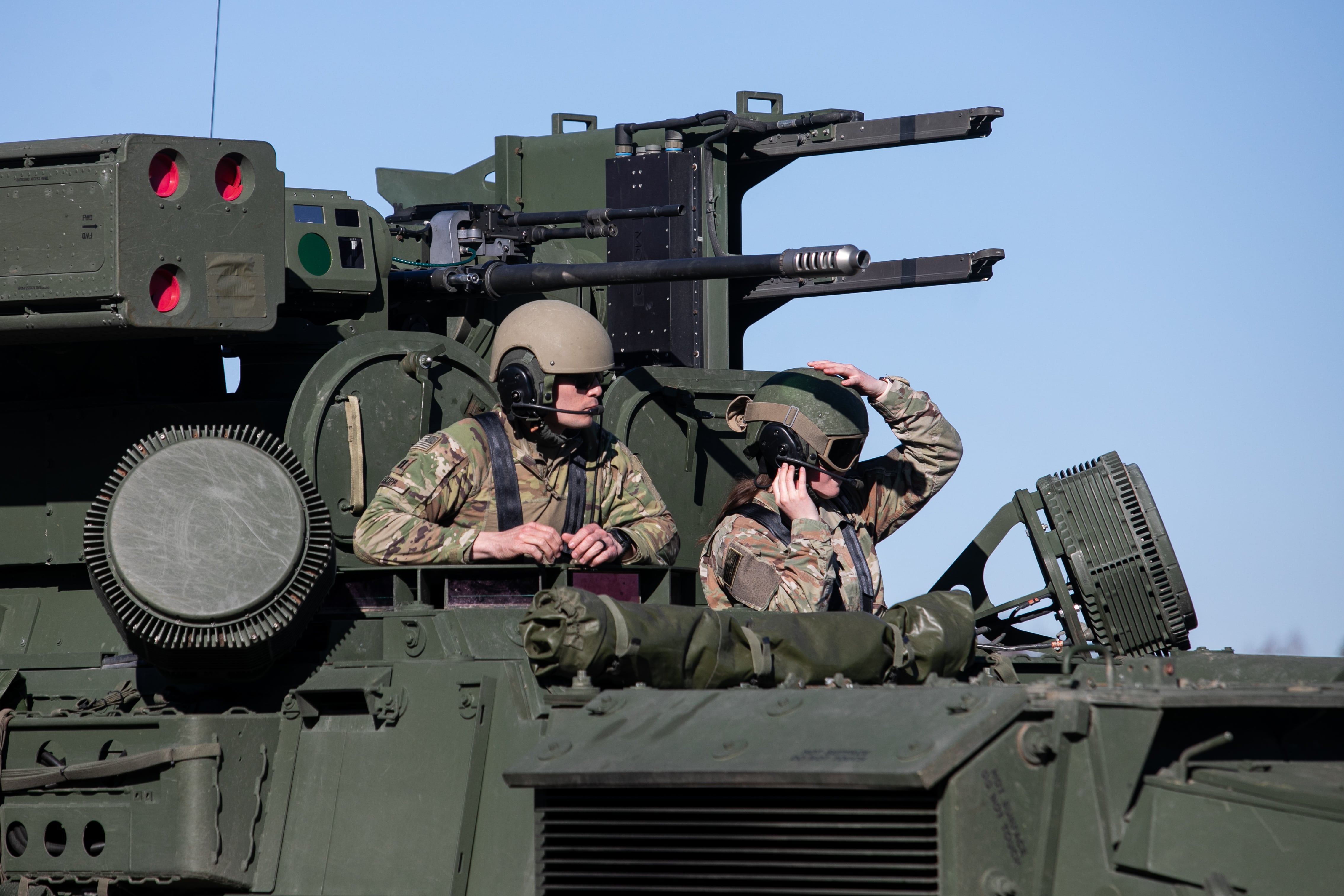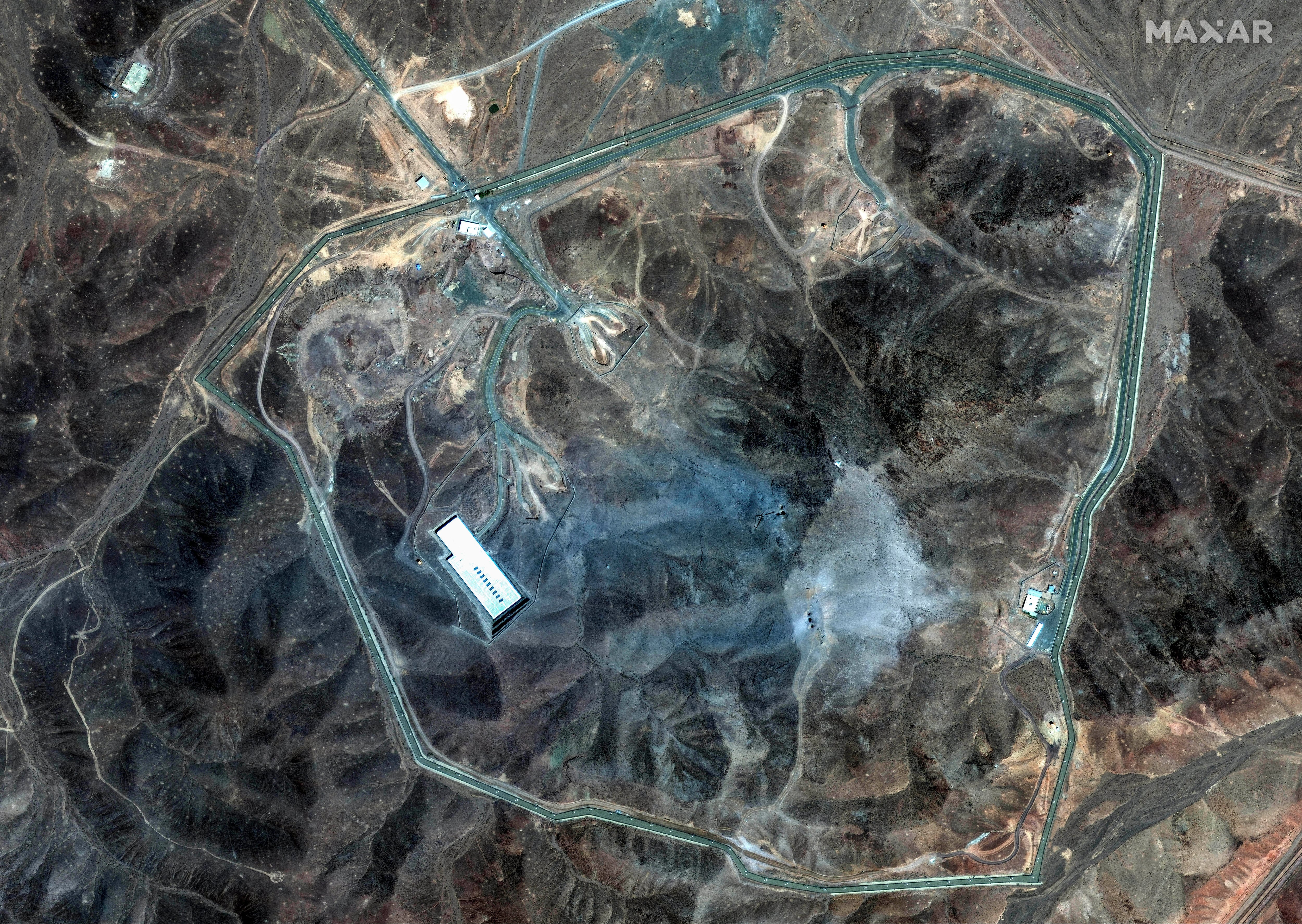PARIS — Lockheed Martin is evaluating how its Joint Air-to-Ground Missile can be configured for mobile, short-range air defense, according to a top executive.
“It’s a concept we have,” Rita Flahty, the company’s vice president for strategy and business operations within its Missiles and Fire Control sector, told a small group of reporters at Eurosatory, a defense exhibition here, on June 13. “We think it will have applicability to a number of platforms.”
The JAGM weapon is a replacement for the Hellfire missile series and is currently planned for employment on rotary-wing and fixed-wing aircraft.
The new munition features a dual-mode seeker and guidance system mated to a Hellfire missile.
“There is no reason why it has to be limited,” Flaherty said, “it could be ground-launched capability… an anti-armor capability, a [Manuever-SHORAD] capability.”
The JAGM weapon’s predecessor, the Hellfire Longbow missile, is already on the books for air-defense applications. It is part of a first installment of an M-SHORAD Stryker-based system that the U.S. Army rapidly developed and fielded to Europe, with plans to build and field additional systems for more units in response to an urgent need identified in the theater in 2016.
The service received the requirement to build the system in February 2018. It took just 19 months from the time the service generated the requirement to the delivery of prototypes for testing in the first quarter of fiscal 2020.
According to newly issued product card distributed to reporters at the show here, “JAGM affords a near plug-and-play replacement capability to the Longbow missile, while providing a multiple-target engagement capability, near-simultaneously, during day/night and in adverse weather.”
The Army has yet to approve JAGM for full-rate production, but expects to make that decision in the summer of 2022. The service has tasked Lockheed with producing the missile at a minimum sustainment rate as it waits for that decision, the Army has said.
Having failed to achieve desired lethal effects on a maritime target, the U.S. Army and Marine Corps had to delay JAGM’s fielding. The Marines were able to run successful final tests on Viper, where JAGM previously experienced problems, paving the way for a full-rate production decision.
Lockheed is also continuing to work with the U.S. Air Force on a fixed-wing launch capability, Flaherty said.
And the company is investing its own development dollars on extending the range of JAGM out to 16 kilometers, roughly doubling its current range, without changing the outer mold line of the munition or its weight in any significant way, according to Flaherty.
“We’re making this investment to bring this forward now, because we really think there’s demand there,” she said.
The Army has also recently issued a request for information to replace Stinger missiles with a new next-generation capability, and JAGM could “be a great capability to offer in that evaluation,” Flaherty said.
Stinger missiles are rapidly being expended through U.S. contributions to Ukraine’s defense against the ongoing Russian invasion, and the U.S. is currently evaluating how quickly it can replenish its stockpile.
Stingers can be fired from vehicles or shoulder-launched. The JAGM weapon would be too heavy to serve as a shoulder-launched capability, but “if you were going to do a vehicle-mounted Stryker or some other vehicle-mounted version of it, there’s really no reason why not,” Flaherty said.
Jen Judson is an award-winning journalist covering land warfare for Defense News. She has also worked for Politico and Inside Defense. She holds a Master of Science degree in journalism from Boston University and a Bachelor of Arts degree from Kenyon College.









